According to NASA, an eclipse takes place when a planet or moon passes between another planet, moon or the sun (NASA.gov). Now, on August 21, 2017, The United States will be able to witness the significant phenonmenon of a total SOLAR eclipse (not to be mixed with lunar). This happens when the moon lines up with the earth and blocks the sun's radiant light, which casts a shadow on planet Earth!
Additional Information
Eclipse Obscuration: Who Sees What and When
What are We Seeing in Different Parts of Indiana
I bet you're wondering: why can't Bloomington see the total eclipse? I want to see the full thing!
Well, here's why: The sun is a very large star (about 433,000 miles in radius!). The moon, on the other hand, is much smaller (about 240,000 miles in radius). That's why the path, or the shadow, of the eclipse is smaller and larger in some parts. As the Earth spins, only certain sections of the US and world can see the eclipse at it's total shadow, or it's partial shadow.
Different parts of the US (and world) will be seeing different versions of the solar eclipse. Throughout Indiana, all major cities will have the chance to witness as partial solar eclipse. Now, the path of the eclipse spans more across the southern region (think Southern Illinois, Southern Indiana, Mid-Kentucky, etc.).
In different parts of Indiana, the sun will be obscurred by the moon at different proportions. More simply, the moon will appear to cover more or less of the sun depending on what area you're in. For example, in Bloomington, the sun will have an eclipse obscuration of 93.91%- simply, the moon will obscure around 94% of the sun's area. This is the reason we will be seeing more of the sun than if we were to be viewing a total solar eclipse, where 100% of the sun's area will be covered.
For a view of a total eclipse, head down to Hopkinsville, KY
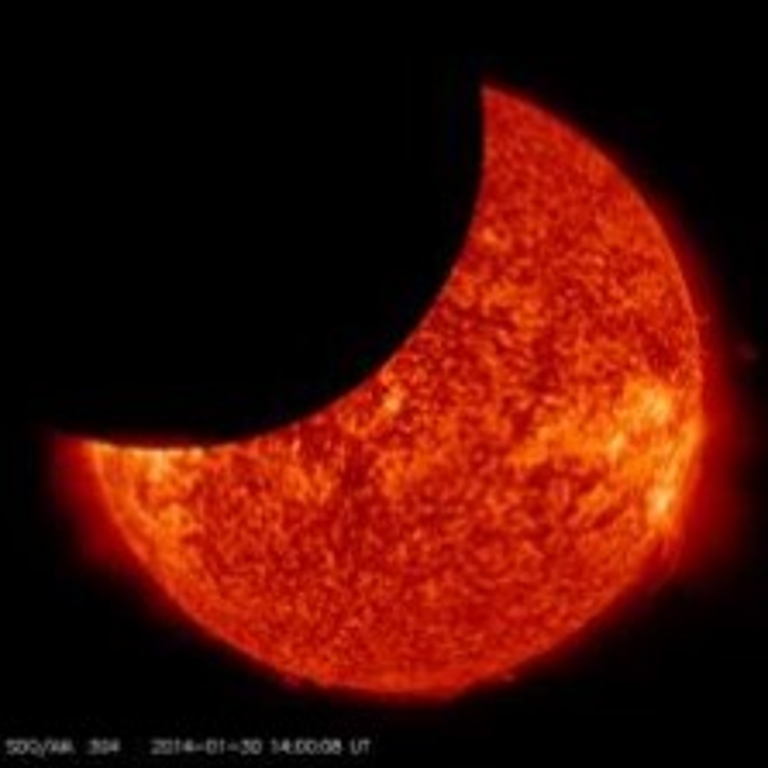
Visibility Around Indiana
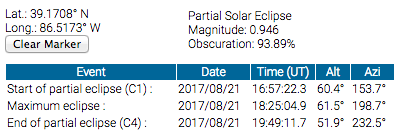
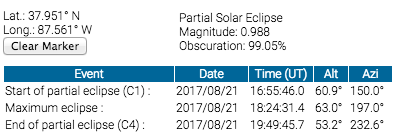
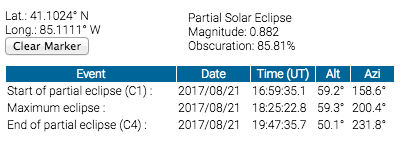
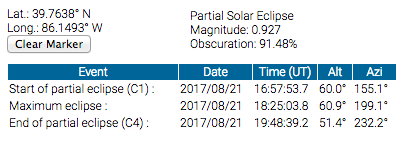
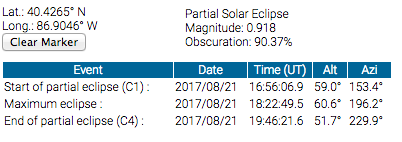
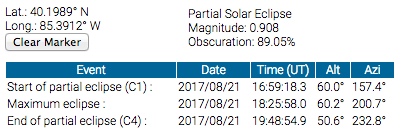

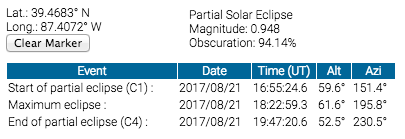
Path of 2017 Solar Eclipse
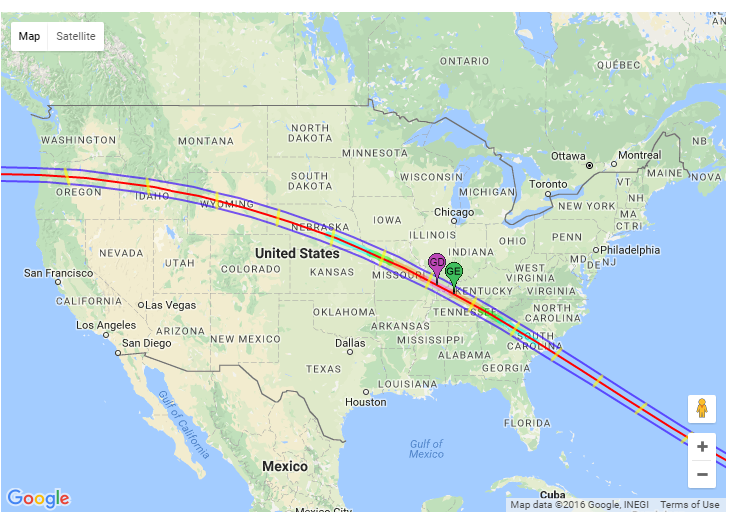
 The College of Arts + Sciences
The College of Arts + Sciences